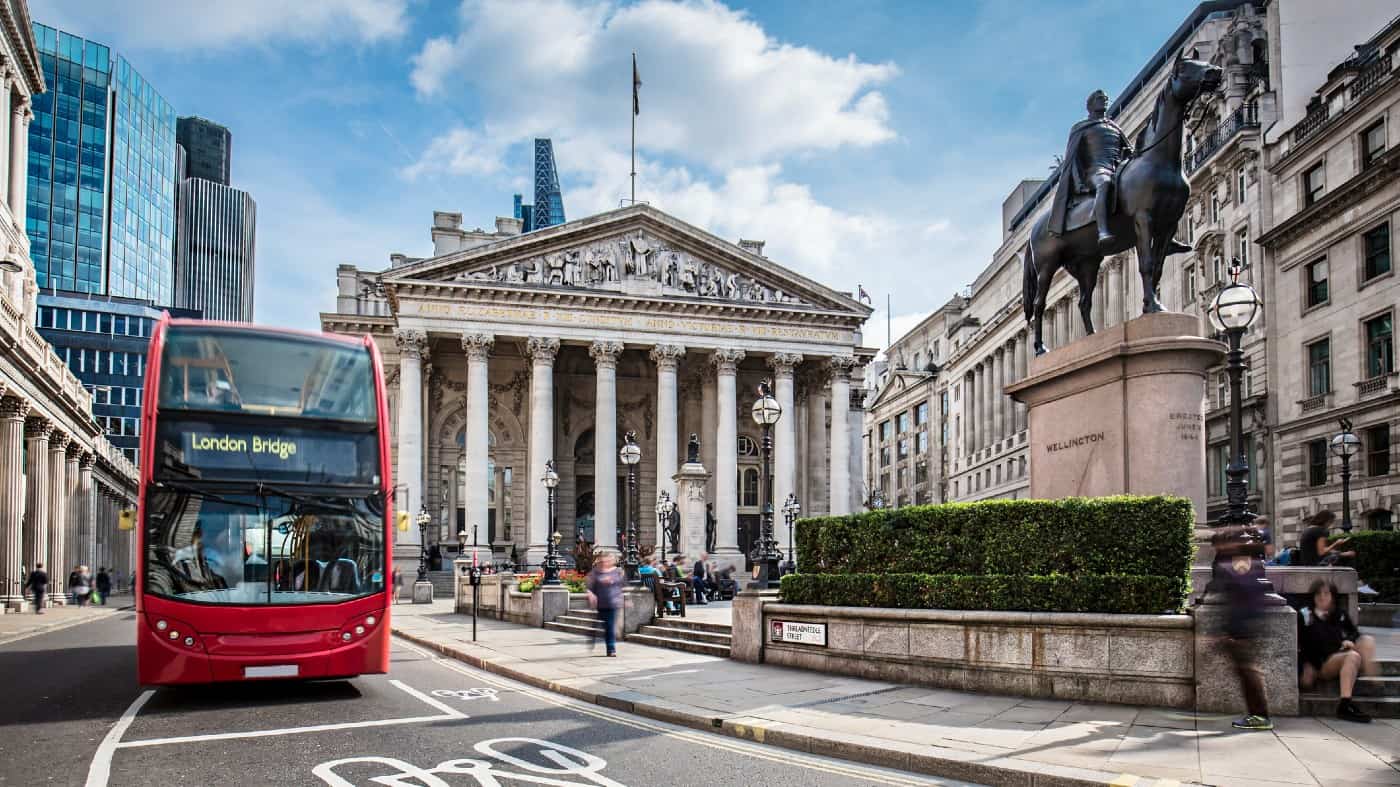Image source: Getty Images
Bank of England Governor Andrew Bailey recently stated, “we are on our way” to seeing the first long-awaited drop in interest rates in the UK. This has pushed me to scour the market for growth stocks that are likely to benefit based on what happened following rate cuts in the past.
No guarantees
Now, this isn’t a fool proof strategy. Most investors quickly learn that history can’t guarantee anything as far as returns are concerned. Indeed, every fund manager in the land is required to regularly remind their clients of this.
However, this doesn’t mean that looking back has no value whatsoever.
As Voltaire once wrote: “History never repeats itself. Man always does.” And by looking at what investors clamoured for when interest rates previously went down, we can form an idea of what may happen from here.
At the very least, it’s a decent first step in the stock-picking process.
Primed for recovery
One that has risen like a phoenix from the ashes in the past is the consumer discretionary sector. As debt becomes easier to manage, people tend to increase their spending on life’s little luxuries. This then often results in earnings upgrades for firms in this sector.
Pretty much anything related to property also tends to do well. As mortgage deals become more competitive, housing market activity generally increases. That’s good for builders, agents, and suppliers.
Technology businesses, especially those dependent on external funding, can experience a surge in popularity too. Again, lower interest rates reduce the cost of borrowing and make the development of new products easier to achieve.
Top growth stocks
Based on the above, it’s not hard to come up with a few growth stocks whose share prices might soar.
As awful as recent performance has been, I remain bullish on the medium-to-long term prospects of luxury goods retailer Burberry. Rising middle-class prosperity (especially in Asian markets) mixed with a desire to show status should lead to a recovery in the company’s fortunes.
UK housebuilders could also benefit from renewed interest from buyers. And with the long-term need for quality housing in the UK as solid as ever, I suspect businesses like Persimmon still have a lot of room to grow.
I’m also bullish on tech-heavy Scottish Mortgage Investment Trust. Already the biggest holding in my Stocks and Shares ISA, I’ve been adding to my position in the first quarter of 2024. If some of its unlisted holdings show a desire to join the market as interest rates fall, the near-10% rise seen in the price over the last month could be just the start.
Staying patient
Analysts and commentators have been speculating over the precise timing of the first dip in rates for many months now. And yet, we’re still waiting.
Clearly, further delays could impact sentiment in those stocks I’ve mentioned above. And since I have no crystal ball, I won’t add my two cents’ worth here.
Instead, I’m focused on taking advantage of my use-it-or-lose-it £20,000 ISA allowance before the end of the current tax year (5 April) and buying regularly in preparation for when rates are reduced.
So long as I can sort the wheat from the chaff and and not meddle afterward, I reckon the long-term returns will be worth staying patient for.
Please note that tax treatment depends on the individual circumstances of each client and may be subject to change in future. The content in this article is provided for information purposes only. It is not intended to be, neither does it constitute, any form of tax advice.
Credit: Source link














